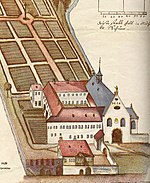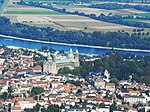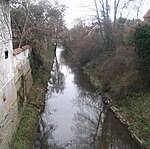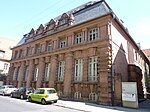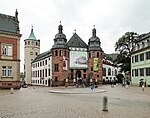German Research Institute for Public Administration

The German Research Institute for Public Administration (GRIP, German: Deutsches Forschungsinstitut für öffentliche Verwaltung, FÖV) is a non-university research institute for public administration located in Speyer, Rhineland Palatinate, Germany. Founded in 1976 as an organizationally independent institution under the jurisdiction of the Minister-President of Rhineland-Palatinate, it is largely integrated in, and maintains a strategic partnership with the German University of Administrative Sciences Speyer. As an "institution of nationwide interest" it forms part of the Gottfried Wilhelm Leibniz Scientific Community and is thus funded equally by the Federal Republic and all 16 German states. At present the institute has 26 ordinary, 19 corresponding and two honorary fellows from Germany and abroad.
Excerpt from the Wikipedia article German Research Institute for Public Administration (License: CC BY-SA 3.0, Authors, Images).German Research Institute for Public Administration
B 39,
Geographical coordinates (GPS) Address Phone number Website Nearby Places Show on map
Geographical coordinates (GPS)
| Latitude | Longitude |
|---|---|
| N 49.316413888889 ° | E 8.4163083333333 ° |
Address
Deutsche Universität für Verwaltungswissenschaften (Universität Speyer)
B 39
67346 , Speyer-West
Rhineland-Palatinate, Germany
Open on Google Maps

